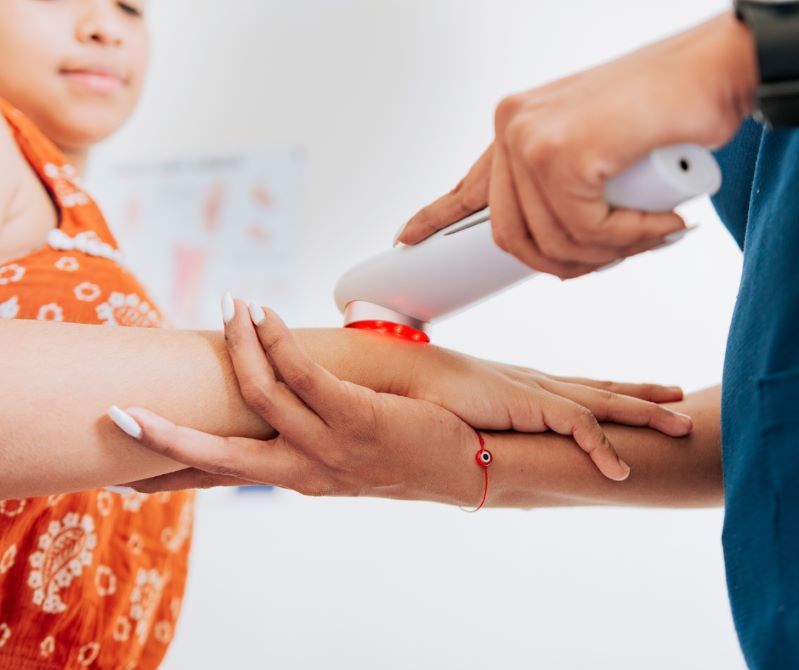Free Classifieds at Hot-Web-Ads.com - View Item Content by ID 15549490
Hot-Web-Ads > Health & Beauty > Health Services > Item ID 15549490
Item ID 15549490 in Category: Health & Beauty - Health Services
Cannot view this item. It could be pending, expired or deleted.
Below item is randomly selected from the same category and may have similar content.
Deep Tissue Laser Treatment by Midlothian Medical & Sports Center, Midlothian, TX, US | |
Deep Tissue Laser Therapy is a non-invasive treatment that uses a low-level laser to penetrate deep into the tissues and promote healing. It is a safe and effective alternative to traditional therapies, providing fast and lasting relief from pain and inflammation. During a Deep Tissue Laser Therapy session, the laser is applied to the affected area, where it penetrates deep into the tissues. The laser energy is absorbed by the cells, which stimulates the production of ATP (adenosine triphosphate), the energy source for all cellular functions. This increase in ATP production enhances cell metabolism, promotes tissue repair, and reduces inflammation.  | |
| Related Link: Click here to visit item owner's website (0 hit) | |
| Target State: Texas Target City : Midlothian Last Update : Mar 18, 2025 2:38 PM Number of Views: 24 | Item Owner : Midlothian Medical & Sports Center Contact Email: Contact Phone: 972-723-1155 |
| Friendly reminder: Click here to read some tips. | |
Hot-Web-Ads > Health & Beauty > Health Services > Item ID 15549490
© 2025 Hot-Web-Ads.com
USNetAds.com | GetJob.us | CANetAds.com | UKAdsList.com | AUNetAds.com | INNetAds.com | CNNetAds.com | USAOnlineClassifieds.com
2025-03-18 (0.333 sec)